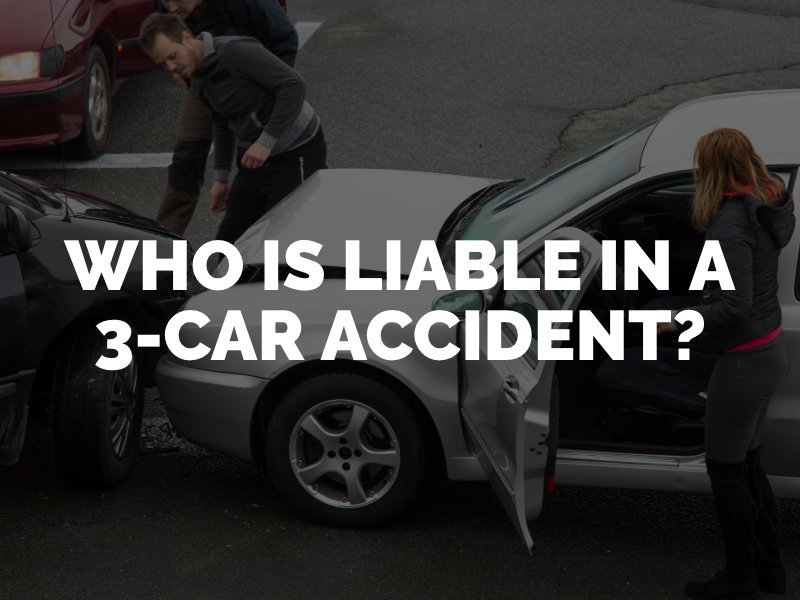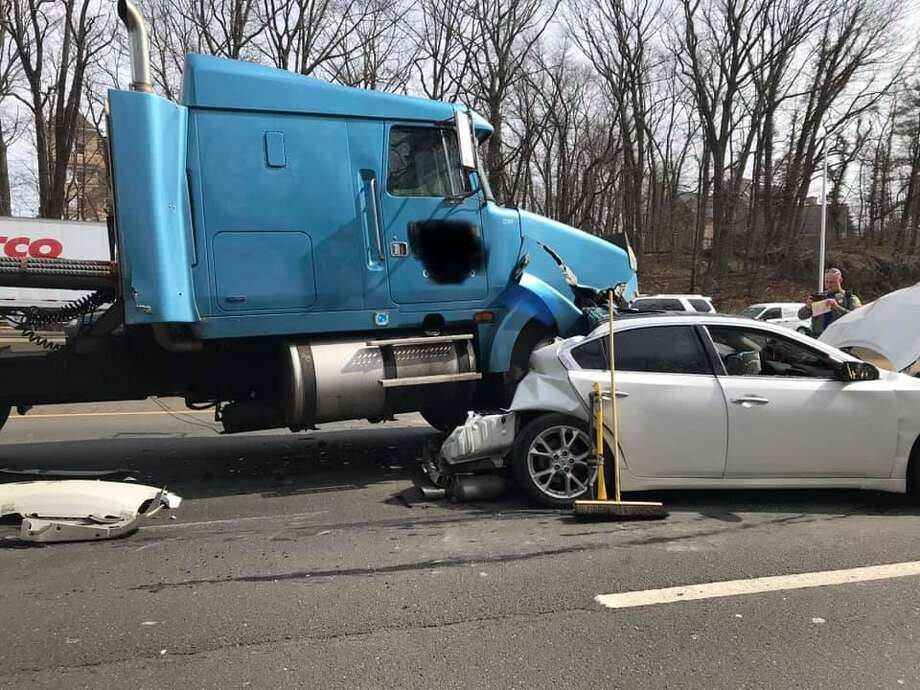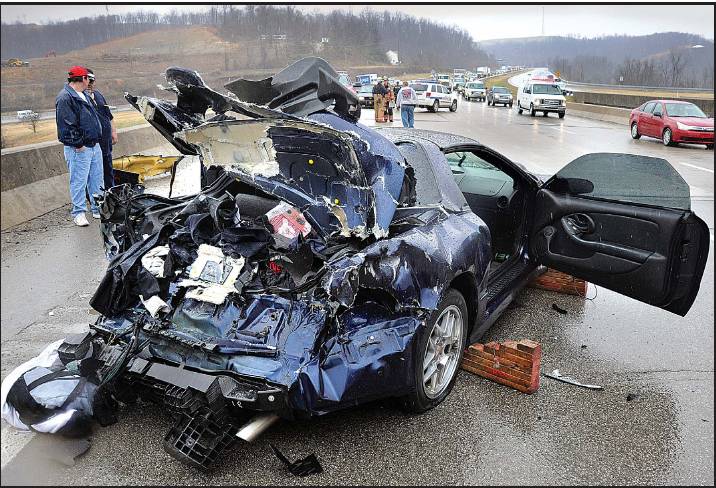rear end collision fault victoria
This can occur for many reasons including distractions like texting talking on the phone or sending emails. The driver who is cited for following too close or a failure to stop will be the person assumed at fault in the accident until evidence supports otherwise.
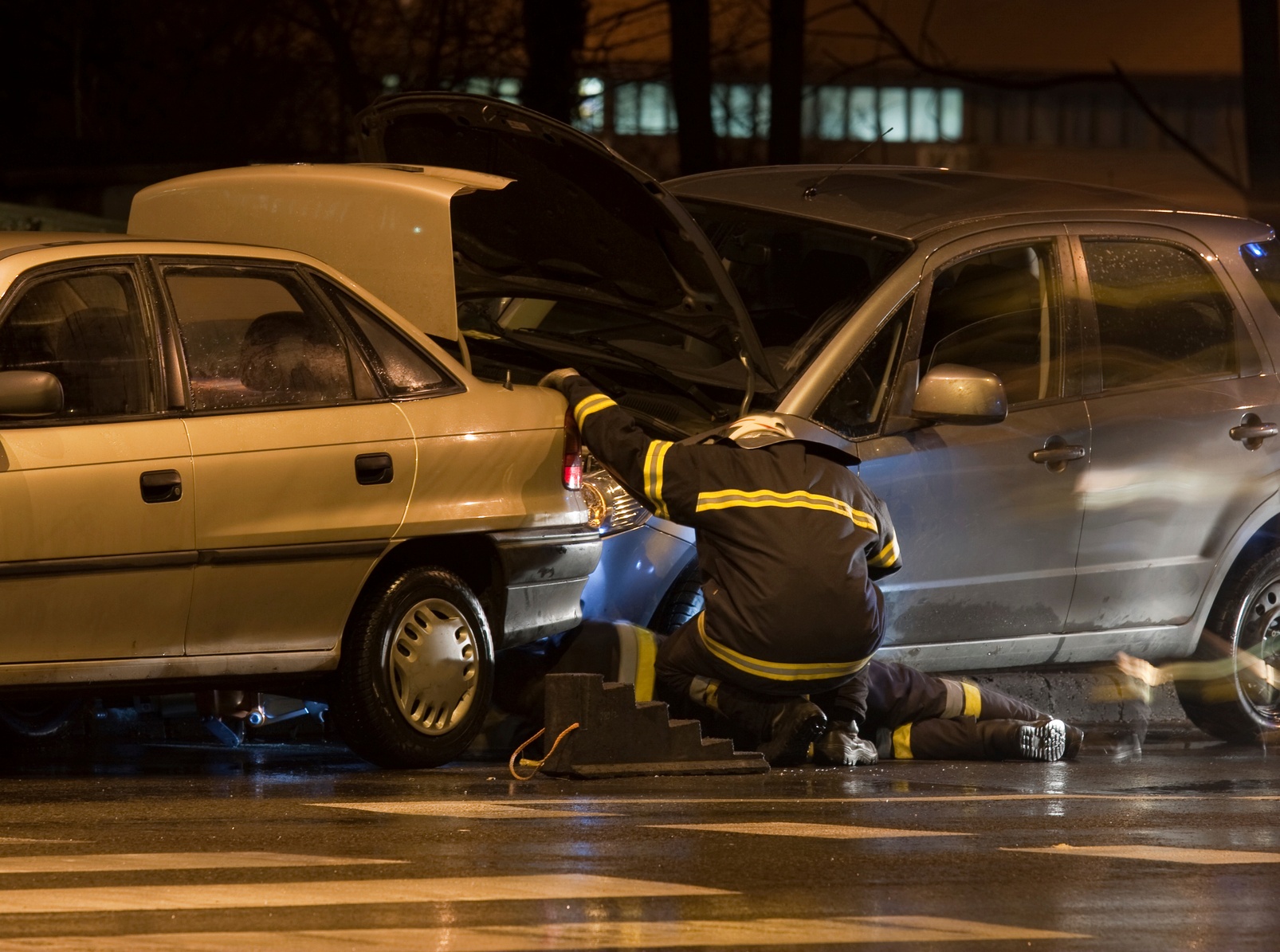
Rear End Collisions And Their Effect On Your Body
The first is for insurance purposes.
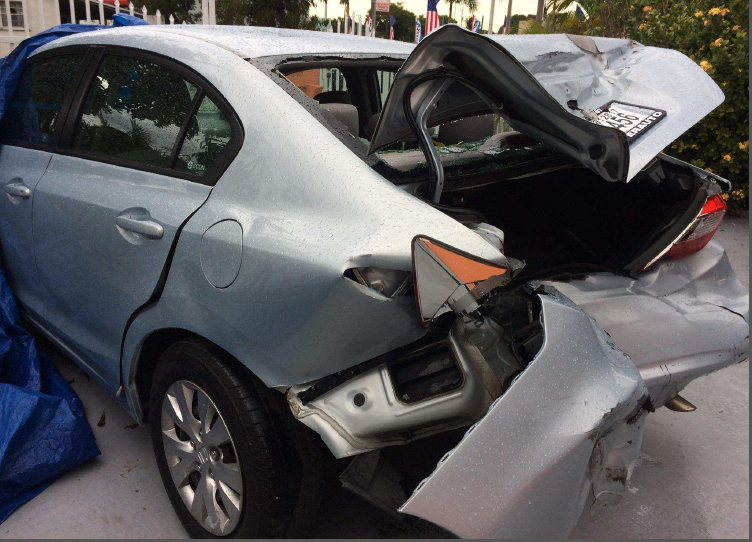
. When the lead car hits the brakes there is not enough time for the trailing car to stop without crashing into the rear fender causing damage to the vehicle and physical injuries. This presumed negligence also makes them liable for both damage and injuries. Brake-checking is a common form of road rage that.
Reasons for judgement were released last week discussing fault for a rear-end motor vehicle collision which occurred after the Plaintiff made a lane change into the Defendants lane of travel. In 2019 the National Highway Traffic Safety Association reported that rear end crashes made up 325 of all traffic accidents. In a rear-end car crash involving two cars the car that hit from behind is considered liable.
Weve all heard the story go if you rear-end someone then its your fault. Rear-end crashes tend to be some of the most straightforward car accidents regarding determining liability. This is because every driver has a duty to follow other vehicles at a safe distance that varies depending on vehicle.
Here are a few more common culprits in rear-end accident cases. Here are some common scenarios in rear end motor vehicle accidents that can help you assess who is at fault. Determining who is at fault for rear end collision is important in Victoria for two reasons.
Rear-end crashes are among the most common types of car accidents. Most drivers assume that any accident involving a rear-end collision is always the fault of the driver in the back. On top of the damage to your car youre likely being chased by the other drivers insurer.
Out of the total 33 caused property damage only 31 caused injuries and 7 were fatal. However this is not the case in every scenario and many rear-end collisions are caused for other reasons. However if the incident involves the car in front rolling back into the car behind the driver of the front car may be at fault.
The driver of the car that rear-ends a leading vehicle will almost always be at least partially negligent negligence is the legal principle that determines fault for a car accident. Failing to maintain a safe. Many rear-end collisions are caused by the above reasons.
How to determine whos at fault in a rear-end car crash. Here are some average settlement amounts. A rear-end collision occurs when the front of one vehicle crashes into the back of another vehicle1 The rule of thumb regarding fault in rear-end collisions is generally that the person driving the back vehicle is to blame.
The truth is even though the person in the rear vehicle had a duty to remain at a safe distance behind the other vehicle in case of an emergency or quick stop they may also not be completely responsible for an accident due to the actions. You could end up in a back and forth tug of war of his fault her fault. So when youve rear-ended someone and you think they were to blame it can be frustrating.
The National Highway Traffic Safety Administration NHTSA has concluded that 87 of rear-end crashes were caused at least in part by the rear driver failing to pay attention to the traffic ahead. This belief stems from the notion that drivers can see what is ahead and should be concerned with obstacles in front of them therefore a driver should reasonably be able to stop or otherwise avoid striking other cars from behind. However the actual process of determining liability for a rear-end collision can be complicated in some cases.
The court will determine which driver was at rear-end collision fault and award a settlement to the victim. The most severe accidents may even involve multi-car pileups and totaled vehicles. Tailgating often cited as following too close results in a failure to stop in time and is a primary cause of rear-end accidents nationwide.
In last weeks case Perry v. In almost all cases involving rear-end. Get the basics on proving fault for a car accident Establishing Fault for Rear-End Accidents.
You could be injured. Rear-end collisions can occur when the following driver is not paying enough attention or if the leading driver does not have working brake lights. Abrupt lane changes failing to follow the speed limit or not yielding the right of way on the road are a few possible causes of rear-end accidents.
A classic example is an aggressive driver who is tailgating the car in front of it because he or she is in a rush to get to a destination. Ismail the Plaintiff was driving in bumper to bumper traffic in the right lane of a highway. While the trailing driver is typically responsible for a rear-end collision and bears liability for the resulting damages there are some situations in which the leading driver shares fault for a rear-end collision.
Being demonized for something that. Common injuries from rear-end collisions include whiplash and back injuries. Merging on top of or right in front of another driver without leaving enough room is dangerous and can cause an accident.
There were few vehicles in the left lane as it was closed to. Usually the at fault drivers insurance company if they have insurance or them if they dont is responsible for compensating the other party. The lead driver could be at fault for a rear-end crash in this situation.
Rear-end collision involving two cars. This can range from dented bumpers and broken lights to caved-in trunks and misaligned steering columns. Injuries requiring further care or surgery.
It is often assumed that the person in the rear car is always 100 percent at-fault for a rear-end accident. The lead driver may be at fault in a rear-end accident if the lead driver was negligent or driving recklessly including. Even though rear end collisions are common it is important not to assume that as the rear driver is always at fault.
The rear driver in a rear-end collision is not always at fault for the accident. However rear-end accidents are almost exclusively the fault of the person driving the car in the rear with some exceptions. Aside from physical consequences rear-end collisions can also result in various levels of damage to the vehicles involved.
A rear-end collision occurs when a driver strikes another vehicle from behind in the same lane of travel. Reversing into the rear car. A rear-end collision could occur if the lead driver cuts off the rear driver during an unsafe lane change.
The settlement will be received in a lump sum or in a series of smaller payments. In most rear-end accidents especially where only two cars are involved its the driver of the car that hit the other car from behind whos considered to have caused the accident. In California victims of rear-end accidents have to determine the at-fault driver before filing an auto insurance claim.
However sometimes its not always so easy to determine fault in a rear-end collision. According to the National Highway Traffic Safety Administration NHTSA there were 2132000 rear-end collisions in the United States in 2017. Liability in a rear-end collision is not automatic and sometimes the lead driver or another vehicle is liable for the injured drivers damages.
June 5 2017Author.
San Antonio Car Accident Attorney

Denver Car Accident Attorney The Sawaya Law Firm

Rear End Accident Lawyers Gjel Accident Attorneys
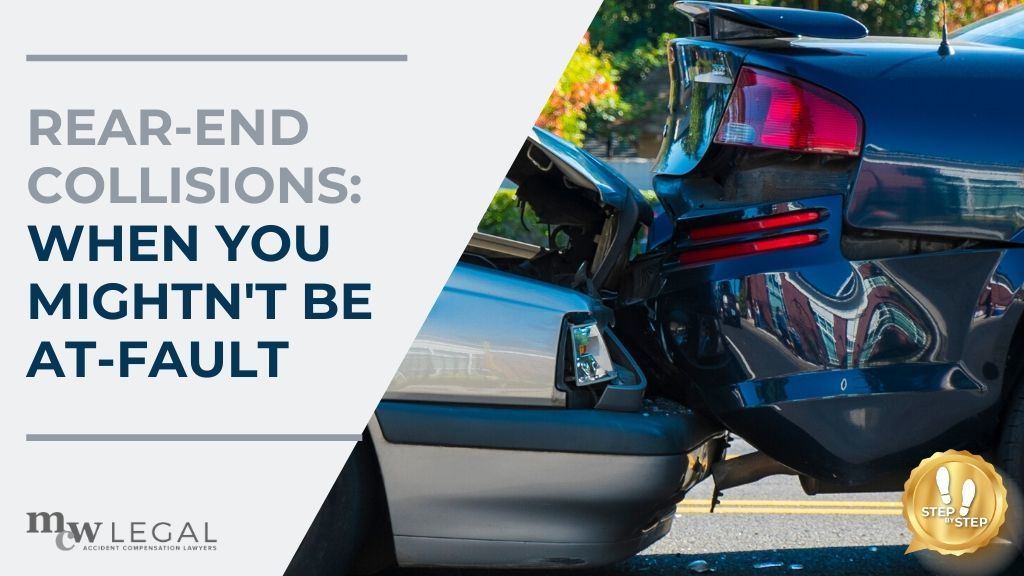
Rear End Collision Why You Might Not Be At Fault Mcw Legal
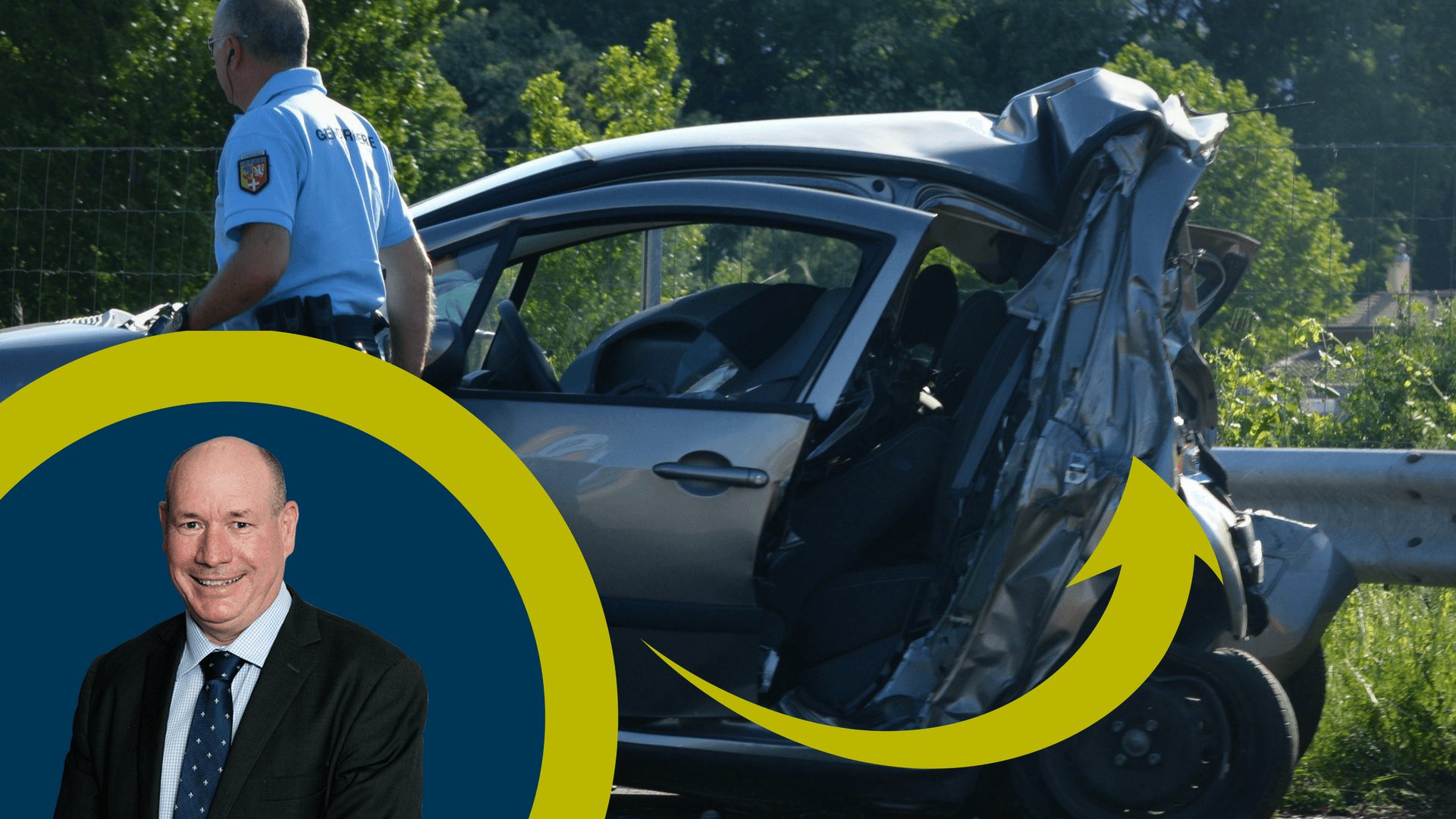
Rear End Collision Why You Might Not Be At Fault Mcw Legal
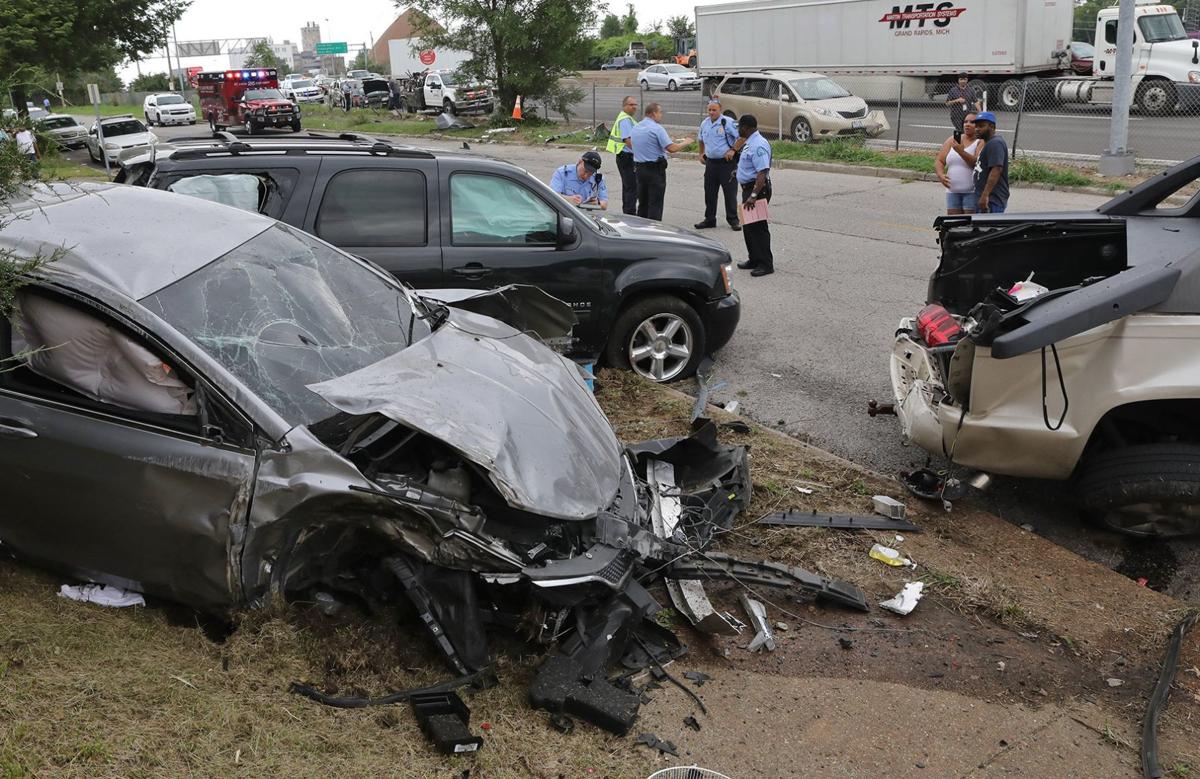
Who Is At Fault For A Multi Car Pileup Louisville Law Blog
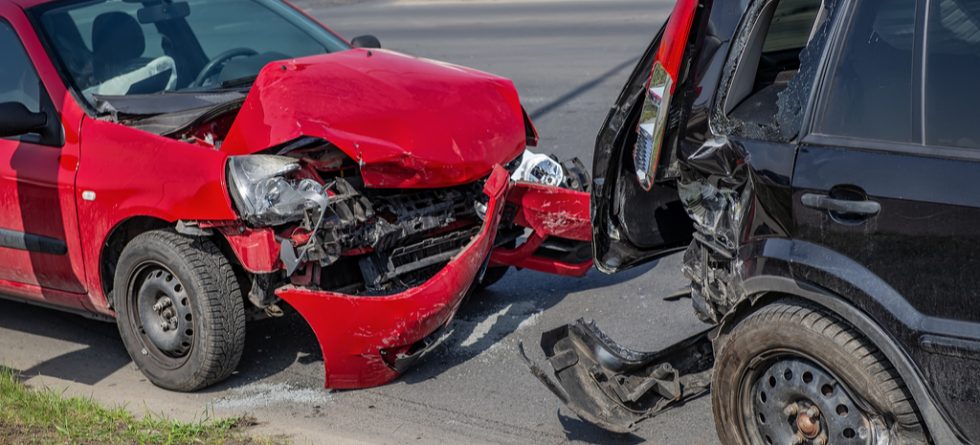
Short Answer Guide On Top Collision Repair F A Q S Global Collision Centers
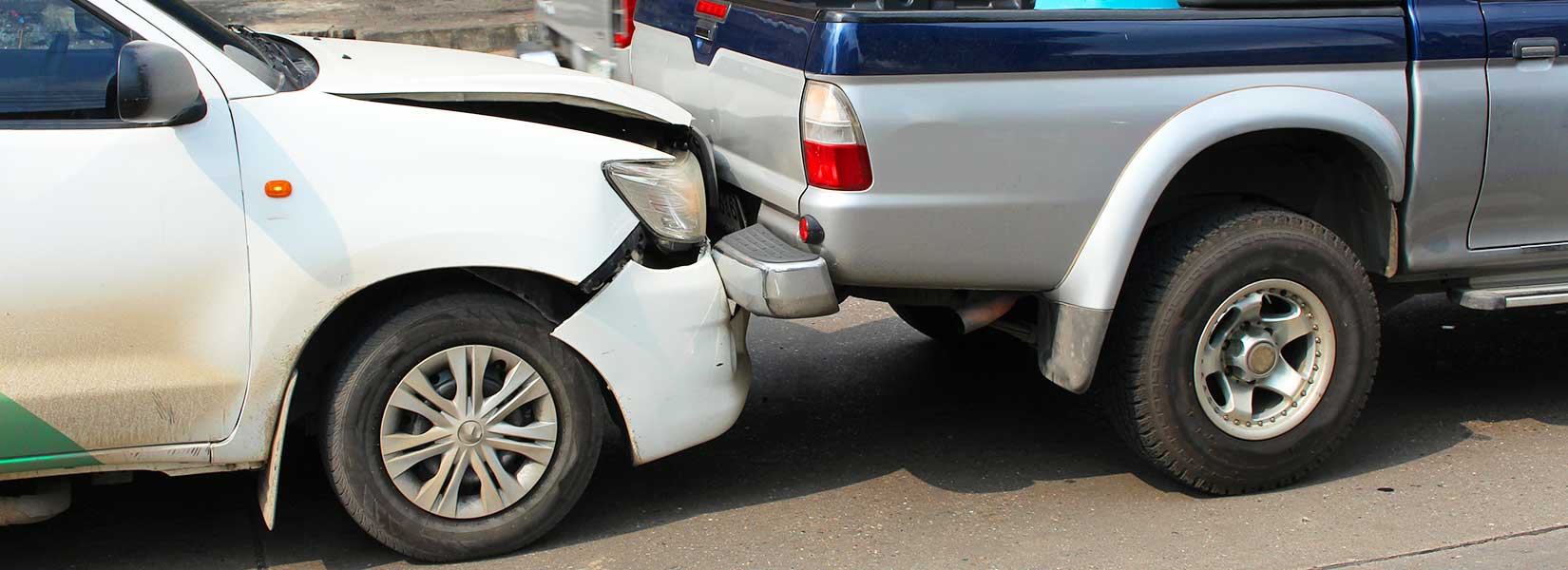
Is It Always Your Fault If You Hit A Car From Behind
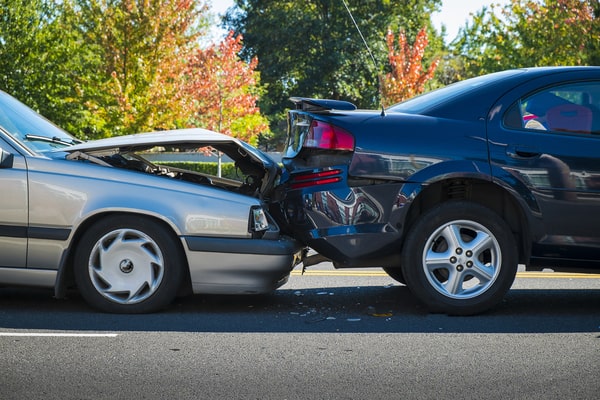
Average Settlement Amounts For A Rear End Car Accident
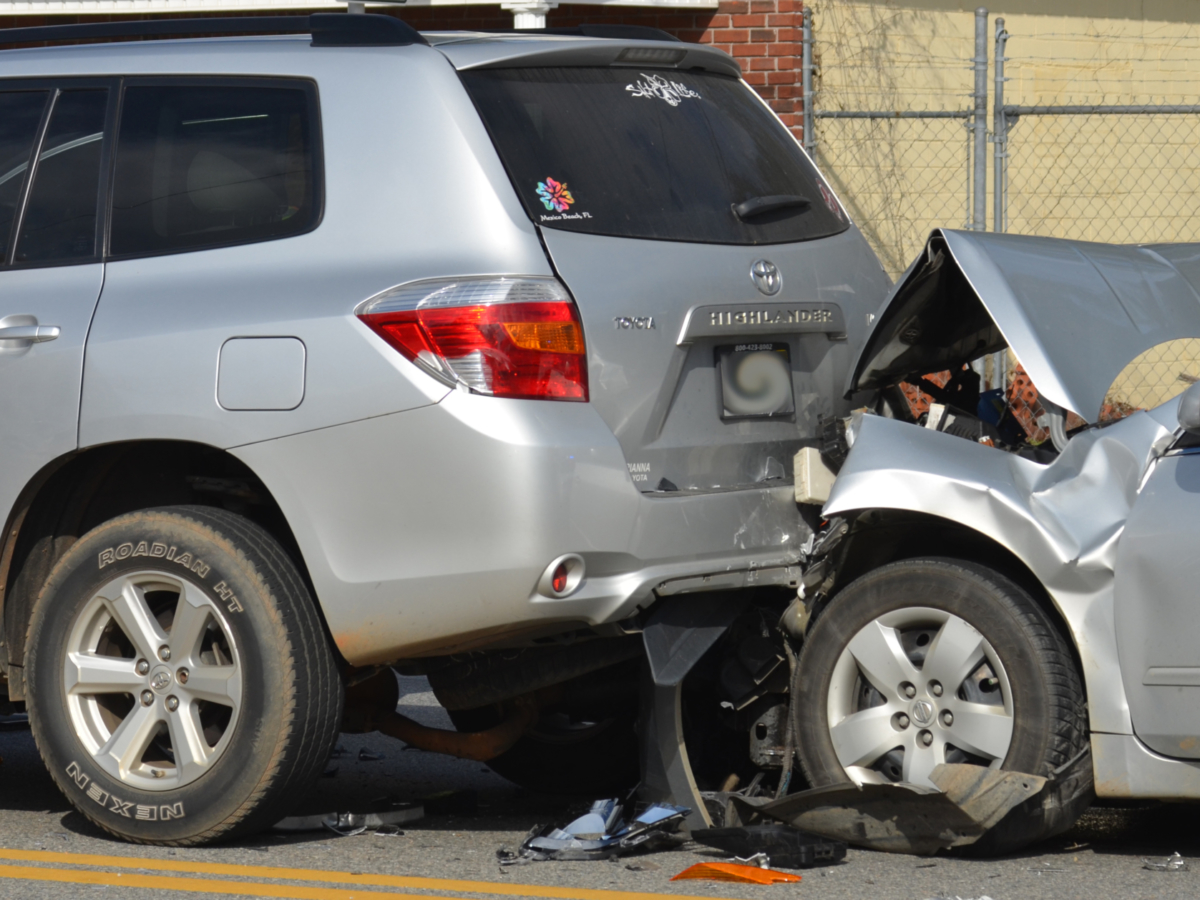
Rear Ended In A Car Accident What Should You Do Philly Lawyers
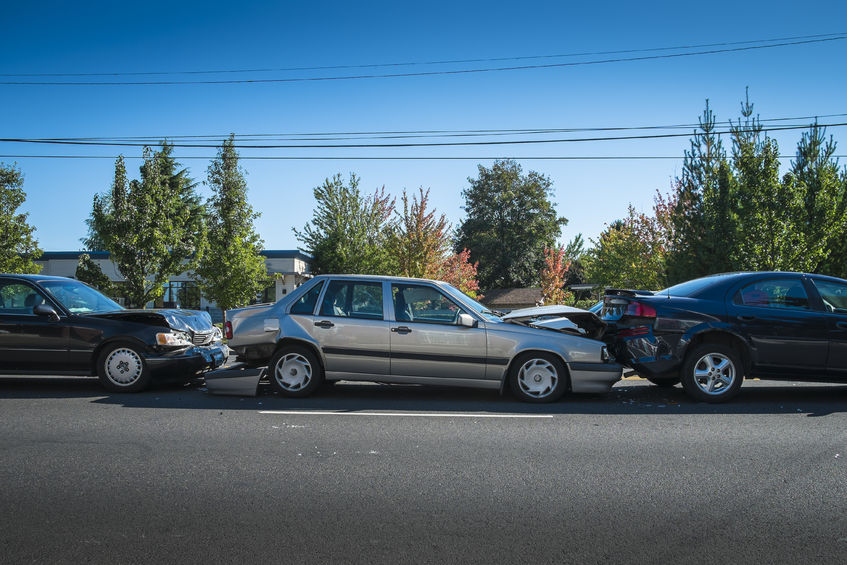
Who Is At Fault In A Rear End Car Accident Accidentattorneys Org

Are You At Fault If Someone In Front Of You Brakes Suddenly Gino S Panel And Paint

Are You At Fault If Someone In Front Of You Brakes Suddenly Gino S Panel And Paint
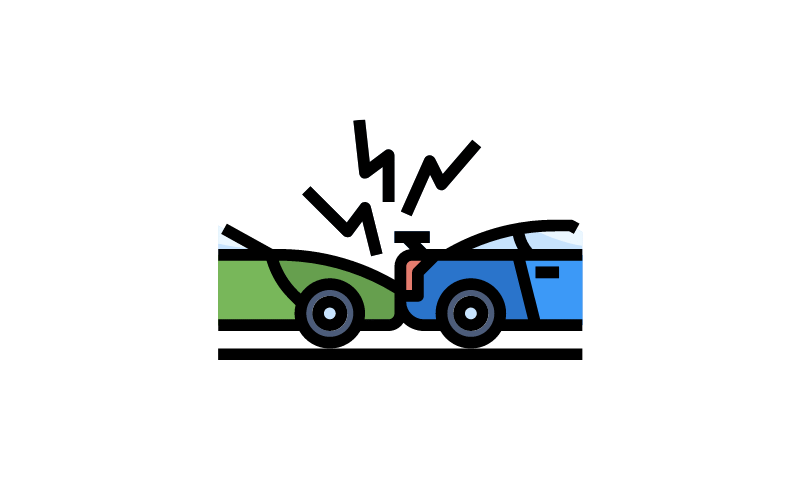
Rear End Collisions Whose Fault Third Party Claims
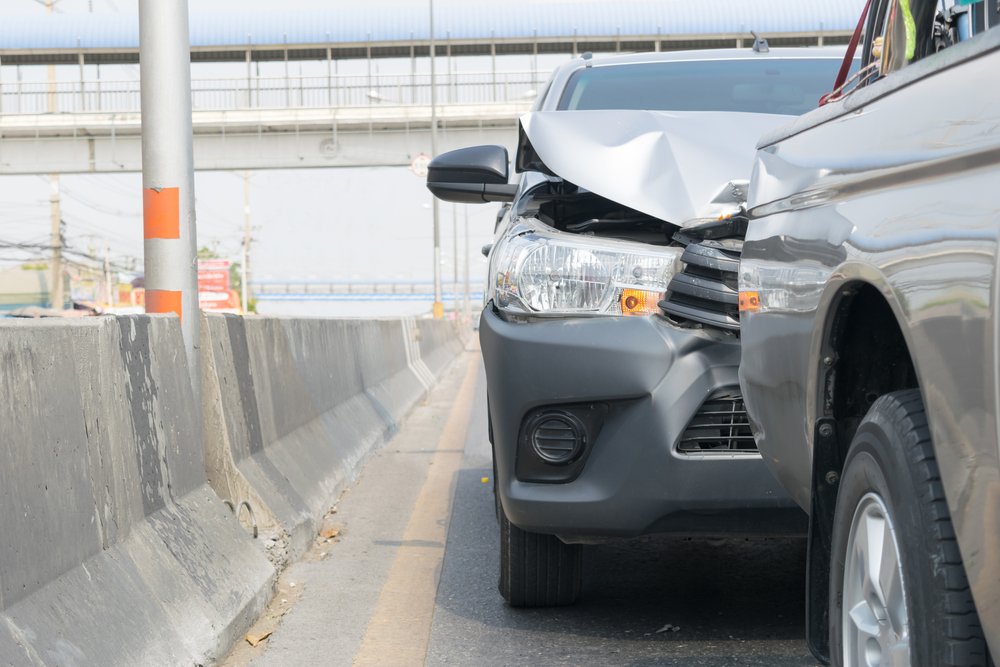
Who Is At Fault In A Rear End Collision Car Accident Lawyers Ben Crump
